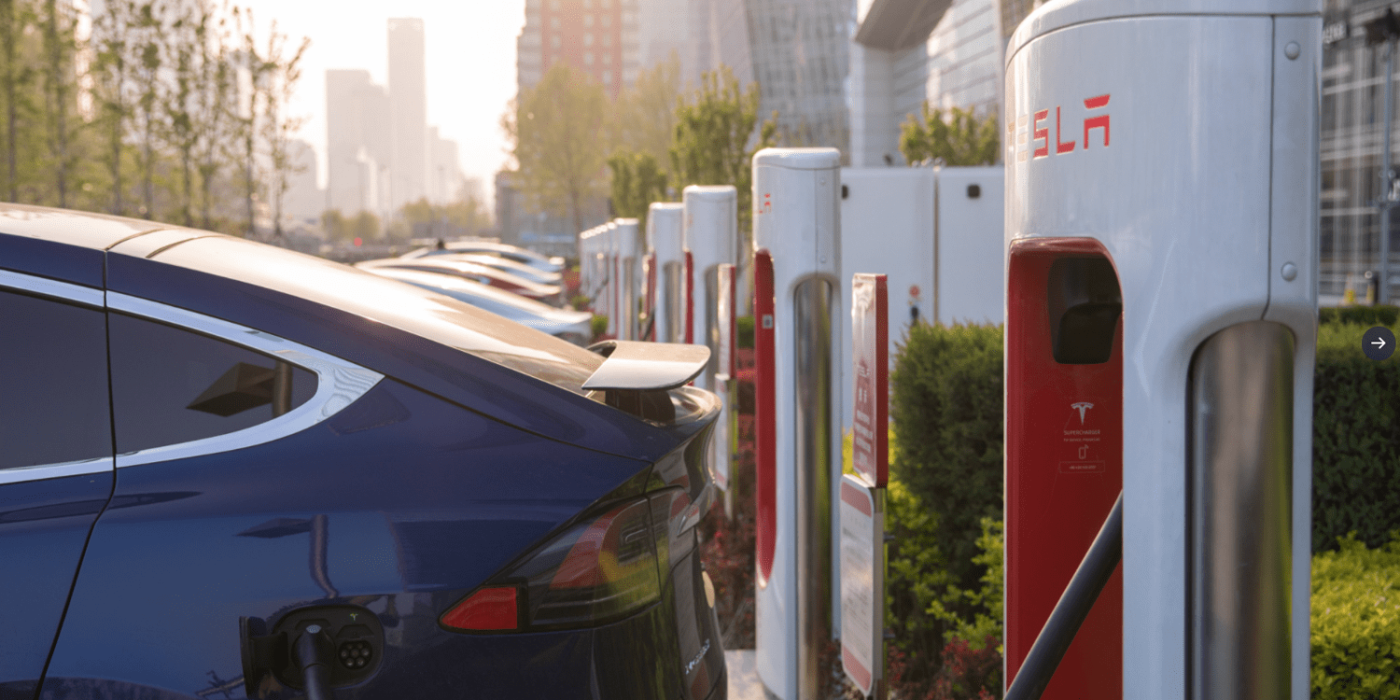Tesla China claims 6,000 Superchargers & Silk Road corridor
Tesla has made large strides in extending its Supercharger territory across the Chinese mainland. The company had started manufacturing next-gen fast-chargers only this February in Shanghai, and recent numbers suggest further rapid expansion.
++ There have been updates to this article. Kindly continue reading below. ++
Tesla published new counts saying they had deployed over 6,000 Superchargers at more than 760 locations in China, with recent numbers suggesting 218 Superchargers added in a total of 21 cities, including Beijing, Qingdao, Xi’an, Zhengzhou, Chongqing, Shenzhen and Shanwei, only in February.
Local production has accelerated the roll-out since Tesla China began making V3 Supercharger stations in Shanghai. The plant can produce up to 10,000 charging stations per year. Construction had started in August 2020 and was completed in about half a year – in line with internal deadlines.
Assuming 10 stalls per Supercharger location, the new factory could theoretically equip up to 1,000 new locations per year. By way of comparison, Tesla built 743 new sites with 7,173 charging points worldwide in the entire year 2020. To date, they claim to run over 20,000 charge points globally.
Initially, Tesla built the Superchargers only at its main Fremont plant. But with the switch to the V3 Superchargers, they first moved assembly to the Gigafactory New York – the solar division’s (formerly SolarCity) plant which also manufactures the photovoltaic roof shingles.
With addition production now set in Shanghai, expect to see expansion to increase, and with an additional capacity of 10,000 charging points, Tesla could more than double its network expansion.
As in other territories, Tesla China works along major corridors. For example, the EV maker said last December it was on track to line the Silk Road with charging stations in Hami, Urumqi, and other places in northwest China’s Xinjiang region. The announcement came less than three months after Tesla opened the Sichuan-Tibet corridor.
The V3 Supercharger can deliver up to 250kW versus the 120kW for the V2 model. Rumours continue circulating of next-generation Superchargers V4 in development and able to deliver 350 kW. These have also been considered ‘Megachargers’, which Tesla will need when launching the Semi electric trucks.
Update 23 June 2021
Tesla China has now completed the Silk Road Supercharger corridor and says it is the longest it built to date. According to a tweet from Tesla’s Chinese account, the route from east to west in China reaches 5,000 kilometres (just over 3,100 miles). It has a total of 27 Supercharger stations, positioning a charging station every 100 to 300 kilometres.
Alongside the news, Tesla China also posted a video celebrating the occasion. It shows drivers taking in the scenic, historic sites and add plenty of subtitled information.
https://twitter.com/teslacn/status/1406277513517494272
The line covers nice cities, informs Tesla, starting from Zhoushan, the eastern coastal hub, passing through Sanmenxia, Xi’an, Tianshui, Zhangye, Shanshan, Wusu and Bole, and extending to Horgos on the border with Kazakhstan.
Among the oldest trading routes connecting the West and the East, the former Silk Road has seen a resurgence in recent years. In 2013, the Chinese government put forward the strategic concept of building the ‘New Silk Road Economic Belt and the ’21st Century Maritime Silk Road’ in an effort to revive the economic ties.
At present, China is the world’s largest electric vehicle market. Last year, Tesla sold 120,000 vehicles in the country, accounting for about 30% of its total delivery in 2020.
gasgoo.com, insideevs.com, pandaily.com (both update June ’21)





0 Comments